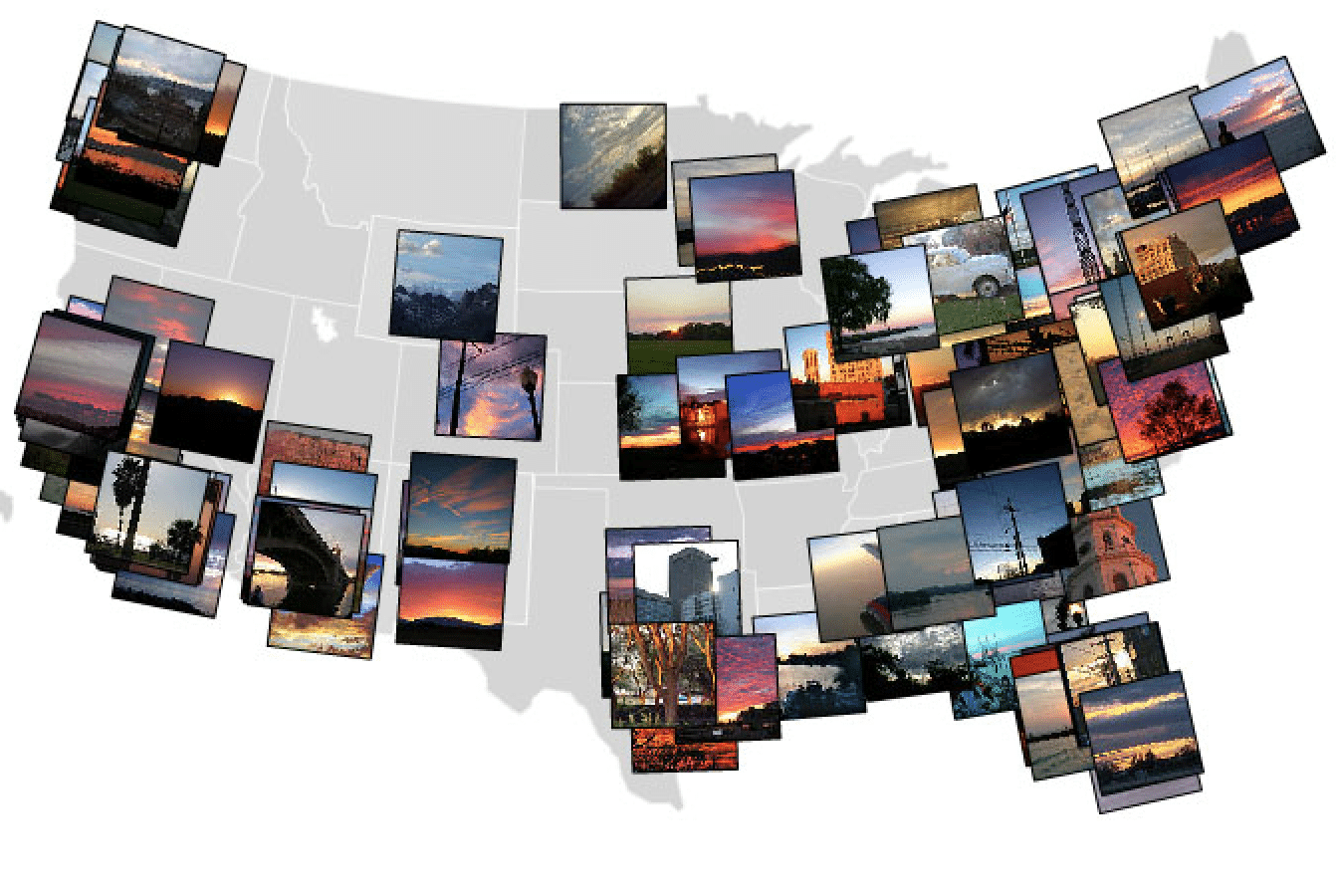
For Photo-Share Sites, A Second Act on Web; Route 66, Anyone?
The Wall Street Journal
03.28.2005
By Lee GomesStaff Reporter of The Wall Street Journal
Say cheese: Your picture may soon be online. It’s as though the Web has just discovered, or perhaps rediscovered, photography.
In recent days, Yahoo and Hewlett-Packard have both acquired big photo-sharing sites, though the two, Snapfish, now H-P’s, and Flickr, bought by Yahoo, each has its own emphasis. By now, just about every big-name Internet, computer and consumer-electronics company has some sort of photo-oriented Web site or service, from Sony‘s ImageStation to Kodak‘s Ofoto (now called Kodak EasyShare Gallery), Apple Computer‘s iPhoto and Google‘s Picassa.
The current move toward photography is the Internet’s second encounter with the field. Back in the glory days of the dot-com bubble, photo sites sprang up like video cameras at a kindergarten recital. These sites typically offered free photo storage, and occasionally even free photo processing and prints. Many didn’t survive the bust.
Most of the current crop of photo sites and services still store pictures for free, which they can do because disk storage has gotten so cheap. They also take traditional steps to try to make money from your use of them, often by trying to get you to order prints of your digital pictures, along with calendars and mouse pads.
But getting consumers to do something physical with a virtual image is an increasingly tough sell. Photographs today are much more likely to be e-mailed than they are to be printed. In fact, in middle-class families all around the country, kids are growing up looking at more family photos than their parents ever dreamed possible — courtesy of, if nothing else, their cellphone cameras — but without ever actually holding any of these pictures in their hands. Sometimes, they don’t even bother to keep the pictures, taking a quick look at them and then erasing them to make room for even more.
When you are a company that is used to selling well-branded, high-margin photo-based consumables, like Kodak’s photo paper or H-P’s ink-jet printer ink, this new world of abundant but entirely screen-based photography can be a scary place.
Kodak had to begin making its peace with the trend several years back. It will be a struggle for H-P, too. The company makes roughly a fifth of its profit from the sale of printer ink. For the time being, both companies seem content to use the Internet to try to collect all their potential customers in a single place.Someone who had spent the last few years in a cave wouldn’t find anything about sites like Snapfish and EasyShare Gallery very difficult to understand. They are dedicated to the preservation of familiar Kodak moments, in which adorable, sentimental photos are shared, often with the grandparents.
Flickr, though, represents something of a generational shift in photo sites. It has a hipper sensibility, one that owes less to the world of birthday-party portraiture and more to the world of blogs and online communities. That might explain why it was bought by Yahoo rather than by H-P or Kodak.
The Flickr site lets you upload your photographs and then assign labels, or “tags,” to them. These are a bit like captions, though a picture can have more than one tag. You can then search through other tags on the site to find people interested in the same things you are. The most common tag on Flickr, by the way, is “cameraphone.”
And while you can set up your Flickr account so that only friends and family can see your pictures and tags, just as photos used to be shared in the old days, what would be the point of that? Indeed, Flickr is aimed at the growing numbers of people who would never dream of doing something without chronicling it online, often while they are still doing it.
Flickr was started a year ago by a husband and wife team in Vancouver, British Columbia, and it grew by word of mouth to the point where it was able to attract Yahoo’s attention. Flickr used generic Internet technologies that other services could take advantage of. As a result, there is a constellation of emerging technologies around Flickr, making the site a good example of the new rule for Web businesses: If you want to get big, let other businesses help you do it.
Mappr, for instance, was developed by a team of San Francisco programmers. The free Web site looks through the tags of all the Flickr pictures, and tries to guess where the picture was taken. Sometimes the job is easy, as when the tag says “Golden Gate Bridge.” Other times, say when the tag just says “Blushing bride,” it’s impossible.
For all the pictures for which it has a location, Mappr creates a map, with a small “thumbnail” of each shot at the place on the map where it was taken. It is thus a great way to see what people in different parts of the country are photographing, or to see how pictures of, say, “home remodeling” vary from region to region.
Sometimes, the results are remarkable. Mappr’s programmers searched Flickr for all shots tagged “Route 66,” and then plotted them. Sure enough, the pictures wound from Chicago to L.A., with stops in Kingman, Barstow and San Bernardino. Oh, so pretty.

